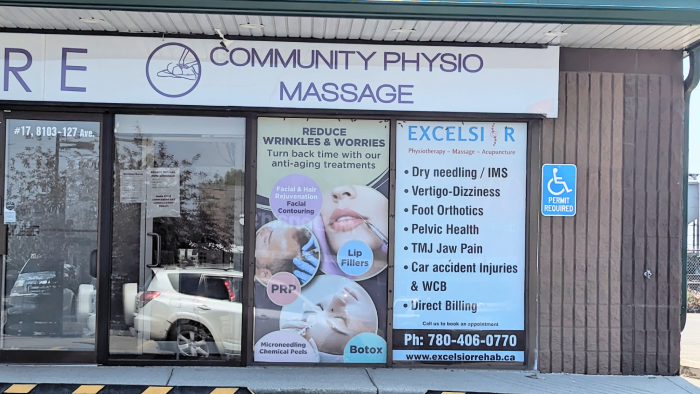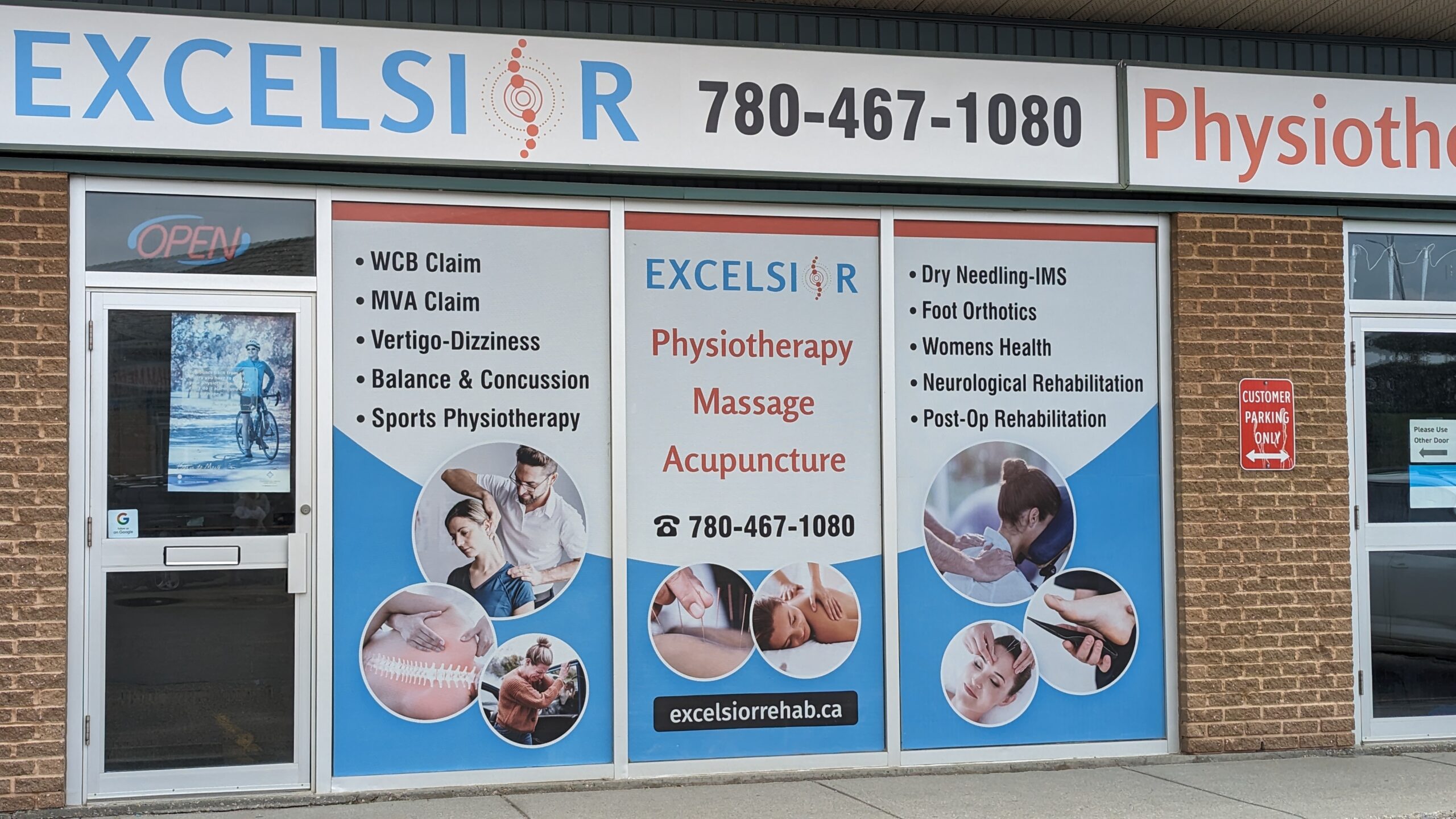GOUT
Home » Gout
GOUT
Extending a warm welcome to Excelsior Physiotherapy’s informative resource on Gout.
Gout is a medical condition, which is caused due to uric acid accumulation in the body. Around 95% of the gout-affected population are males. Most of the males are aged above 50 when the first symptom of gout surfaces. When gout emerges in women, they are not susceptible to it until after menopause. In a few rare cases, gout might develop in people at a young age.
This informative guide will throw light on:
- The way one develops gout
- Which body parts does gout affect?
- How to approach this condition?
- What is Excelsior Physiotherapy’s rehabilitation treatment for gout?
ANATOMY
An Introduction to Gout
Synovial fluid is secreted in the body for supporting joint lubrication. Gout arises when too much uric acid leads to the formation of needle-like crystals in your synovial fluid. Uric acid is a regular chemical present in the blood, which forms due to a chemical breakdown process in the tissues present in the body. Even human has uric acid present in their bloodstream. When your immune system tries to expel the crystals present in the synovial fluid, it causes inflammation. For people having excess uric acid, such inflammation can lead to the development of arthritis with acute pain known as gouty arthritis. Gout is the first type of illness that was researched and found by the study that the joint pain was caused by the crystallization of synovial fluid.
Generally, gouty arthritis occurs in one joint. Most of the time this condition affects the MTP or metatarsophalangeal joint found at the big toe’s base. About 90% of gout sufferers experience pain in their MTP joints. The other joints that are mostly affected are the knee, heel, ankle, and mid-foot joints. Rarely, gout might affect your elbows, wrists, and fingers.
With time, gout patients might experience lumps or tophi, which develop around the deposits of crystals close to pressure points or joints. Tophi is commonly found affecting the heels, forearms, elbows, knees, ears, wrists, and fingers. It also develops in the eyes, heart, and kidneys.
Symptoms of Gout
- Gout can develop at every joint and inflicts pain and inflammation.
- The pain related to gout is termed a burning ache.
- Gout usually attacks one joint, which is the MTP joint and later affects the other.
- The joint affected by gout develops swelling, remains red, and is warm within 8 to 12 hours.
- The pain at the joint becomes severe at night.
- Mobility is affected as standing or walking becomes impossible when feet and ankle joints are affected.
- Patients having gout also develop symptoms similar to the flu like chills, and fever.
- With time gout attacks become more frequent and last longer.
- Flare-ups at joints will become a common symptom of gout.
- Some might even develop kidney stones or tophi on their pressure points and joints.
Diagnosing Gout
Early Diagnosis
It is important to diagnose gout as early as possible to prevent joint damage. People with arthritis often overlook the symptoms of gout. Sometimes, gout will be misinterpreted as rheumatoid arthritis, which can lead to severe joint damage.
What Happens During Your Diagnosis?
Your physician will perform a physical exam to know the level of function of your joints and the symptoms that you are facing. He will try to analyse how the pain began, which activity eases or aggravates it, or if any other joints are also affected. He might also ask questions regarding your diet, consumption of alcohol, or family history with gout or other medical conditions. He will suggest an examination of the presence of crystals present in synovial fluid, which is a significant part of the diagnosis.
For this, a procedure called arthrocentesis will be performed for removing the synovial fluid sample. It is then sent to a laboratory to check under the microscope with polarized light for determining the presence of uric acid. If the test is positive, it indicates gout. Sometimes, the aspiration is performed through ultrasound and fluoroscopy. Such diagnosis is performed without joint aspiration based on the patient's history and to decide the right treatment.
Sometimes, a blood test will check the uric acid levels to detect any lows or highs based on your body’s complex factors. But, despite having regular uric acid levels you might have severe pain related to gout. Ultrasonography detects the crystals shaped like rosary beads on the bone cartilage end or dual contour sign when the crystals have an extra covering when forming on hyaline cartilage. If your physicians think you might have tophi, then he might suggest a biopsy of your lumps.
How is Gout Treated?
It is not possible to cure gout, but it can be treated to limit its symptoms and cut down pain and inflammation at the joint. The focus of gout treatment is to lower the urate volume in your blood. It is imperative to bring down the serum urate concentrated level to less than 6 mg/dL to dissolve the crystals at the joint.
Gout treatment may include:
- During the early or acute gout stage, your physician will suggest medications like NSAIDs, corticosteroids, and colchicine for lowering swelling and for relieving pain.
- Lifestyle changes and diet changes will be suggested with the inclusion of foods like shellfish and meat for lowering uric acid.
- Usage of diuretics and alcohol will be prohibited.
- You will be advised to drink a lot of water and liquids.
- If you have chronic gout, then SUA medication will be advised.
- Rehabilitation treatment and physiotherapy approach by Excelsior Physiotherapy will be advised to help with the symptoms of gout.
Excelsior Physiotherapy offers physiotherapy services in Edmonton.
REHABILITATION SERVICES FOR GOUT
- Treatment modalities like laser, ultrasound and ice will be used to calm down the flared-up joints
- Elevating the affected joint and resting will be advised.
- Your physiotherapist in Edmonton will assist you to use a walking stick or cane to walk with gout flare-ups.
- The physiotherapist in North Edmonton will suggest stretching exercises for muscle strength and flexibility near the joints for improving range of motion, mobility, and joint function.
- The cardiovascular training program by Excelsior Physiotherapy will be customized to obesity, hypertension and other lifestyle diseases to prevent joint flare-ups.
- Stretching exercises at the pool are suggested for strengthening joints and easing the pain.
- Our physiotherapists will refer you to the nutritionist to suggest diet changes and avoid fat and sugar-rich foods and alcohol for better gout management.
- Our gout management program focuses on handling the joint condition rather than eliminating it.
By teaming up with your doctor and physiotherapist at Excelsior Physiotherapy, you can manage gout every day while living your life to the fullest.
Excelsior Physiotherapy specializes in offering physiotherapy services in Sherwood Park.






